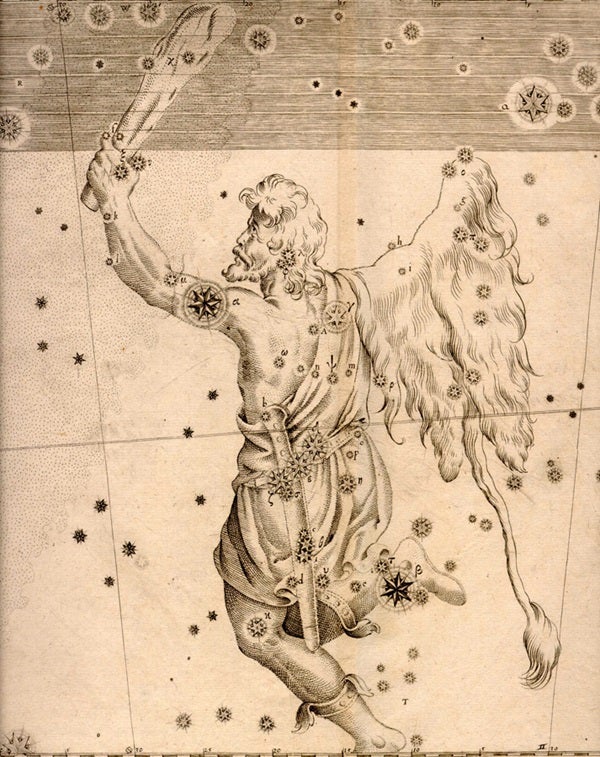The GLOBE at Night initiative invites people from around the world to observe and record visible stars’ magnitudes in the constellation Orion during the first week of spring (March 22–29). The project’s goal is to measure light pollution in the night sky at as many locations as possible.
Artificial-light pollution obliterates natural light from all but the most brilliant of stars over an increasingly larger area of Earth. Scientists say two-thirds of people in the world live in areas considered light-polluted. More alarmingly, 99 percent of residents in the continental United States also live in areas impacted by light pollution. The GLOBE at Night initiative seeks the public’s assistance in determining the extent of artificial-light pollution and its effect on observing the stars where they live.
Students who take part in the program are encouraged to bring along family members for a fun-filled night of stargazing for science. Educators can monitor students’ progress and guide them through GLOBE’s online reporting process. Observations will comprise a central database that researchers worldwide will analyze to assess the quality of the night sky.
To join the GLOBE at Night Initiative, visit their web site and download their Activity Packet. Choose a clear night during the week of March 22–29, and make your observations. Report your findings on GLOBE’s web site.










